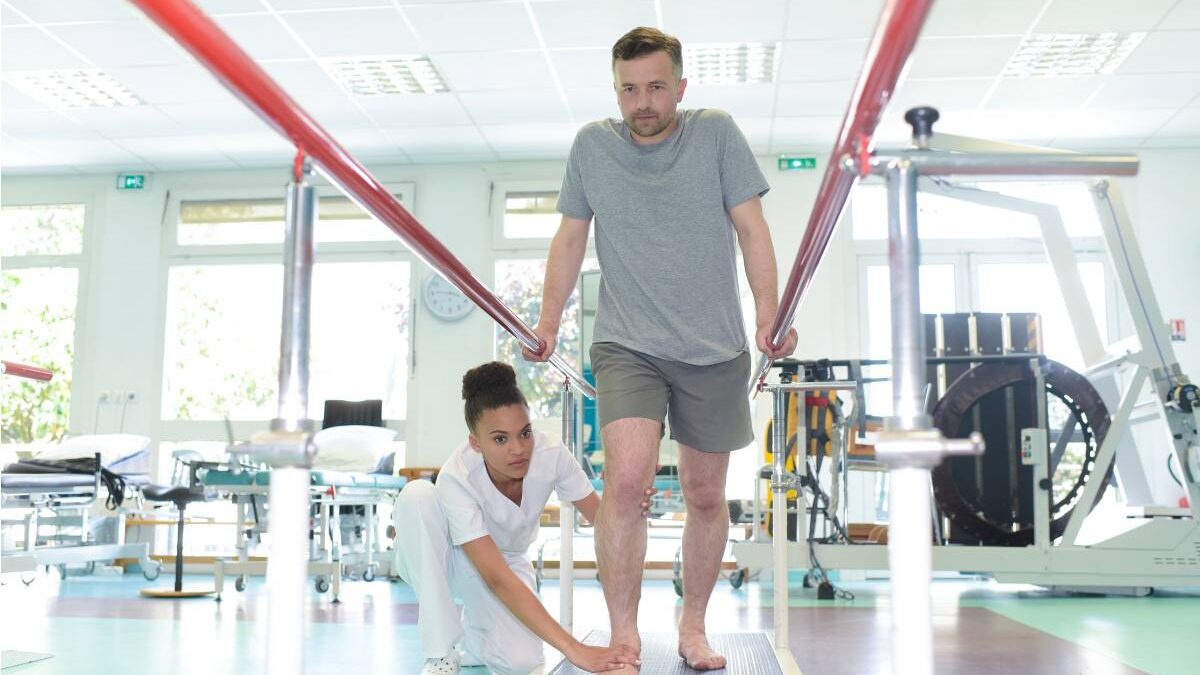A physical therapist examines and develops treatment plans for patients who wish to remove their pain or improve their mobility. They also supervise patients on exercises or physical activities during the therapy. You don’t have to be an athlete or a person recovering from a severe injury to see a physical therapist.
Physical therapy typically addresses common chronic issues that result from too much strain on our bodies. You may also go through physical therapy to treat body pain that is part of our aging process. So, if you notice any of the following warning signs or symptoms, consider scheduling an appointment with a physical therapist as soon as possible.

Table of Contents
Nagging Back Pain
Many people suffer from back pain. According to The Good Body, 540 million people worldwide are affected by back pain at any one point. While chronic back pain is not life-threatening, it can be pretty uncomfortable to deal with, especially when working.
Physical therapists, such as specialists from Fit Club Astoria, can help you develop a personalized exercise program based on your specific needs and symptoms. Exercise helps keep your muscles strong, reduces chronic inflammation, boosts circulation, relieves stress, and maintains healthy body weight. They can also help strengthen and stretch the muscles and ligaments of the back to increase strength and flexibility to reduce back pain.
Chronic Headaches
If you’re experiencing chronic headaches, you may need to visit a physical therapist. You may be dealing with migraines or other types of headaches, and physical therapy can help address these issues.
A physical therapist may massage you to relieve tension on your shoulders and neck to help prevent headaches from occurring or minimize the pain you feel.
Whether you have migraines or regular tension headaches, physical therapy can help alleviate your pain. Your physical therapist will devise a treatment plan for your unique condition depending on the type of headache you have.
Pain Medications Are Not Working
Your doctor may give you pain medications to help manage pain and discomfort. But these prescribed medicines may not always work. So, if the discomfort you feel continues after using several prescription pain relievers, then maybe it’s time for you to consider physical therapy.
The same can be said if you don’t want to use pain medications. Physical therapists know various alternative treatment methods which involve strengthening and mobility exercises to help relieve pain.
Swelling Joints Or Muscles
Symptoms like these may require the attention of a physical therapist to determine the source of the condition and develop a recovery plan for you. Pain in the joints, muscles, and bones can also be a symptom of a more serious health condition such as rheumatoid arthritis, polymyositis, etc.
Your physical therapist may also advise you to do stretches and massages to help you manage pain and address the damage to the affected area.
Loss Of Balance & Coordination
Loss of balance and coordination can naturally occur as they are both parts of our aging process. But they can also happen because of nerve damage triggered by diabetes or after suffering from a stroke. Either way, losing balance and coordination can cause you to fall or slip on your own, which increases the likelihood of injuries.
Physical therapists can help you improve balance, coordination, posture, and motor control through various mobility and strengthening exercises. With their guidance, you can learn coping skills to adapt to your body and lead a more active lifestyle.
Your Recovery Is Taking Longer Than Expected
After seeking proper medical treatment from your doctor for your injury, they may recommend you to move forward with the rehabilitation process. Early intervention is crucial as it can lead to faster recovery, so don’t take long to see a physical therapist.
The same can be said if the recovery period is taking longer than you expected; it would be best to see a physical therapy professional right away.
Feeling Weak
If your injuries are no longer causing you pain and yet you still feel weak, it may be caused by some underlying problems.
It’s strongly recommended that you see a physical therapist so that the professional can evaluate your body and assess your strength levels. Depending on your condition, your physical therapist will provide hands-on therapy or teach you strengthening exercises for any weak muscles or parts of your body.
Final Thoughts
Identifying the root cause of pain is essential in treating chronic problems. A comprehensive assessment and individualized treatment plan require knowledge and skill. Fortunately, physical therapists are trained to provide a variety of treatments and interventions for all types of chronic pain and help you live an active lifestyle.

